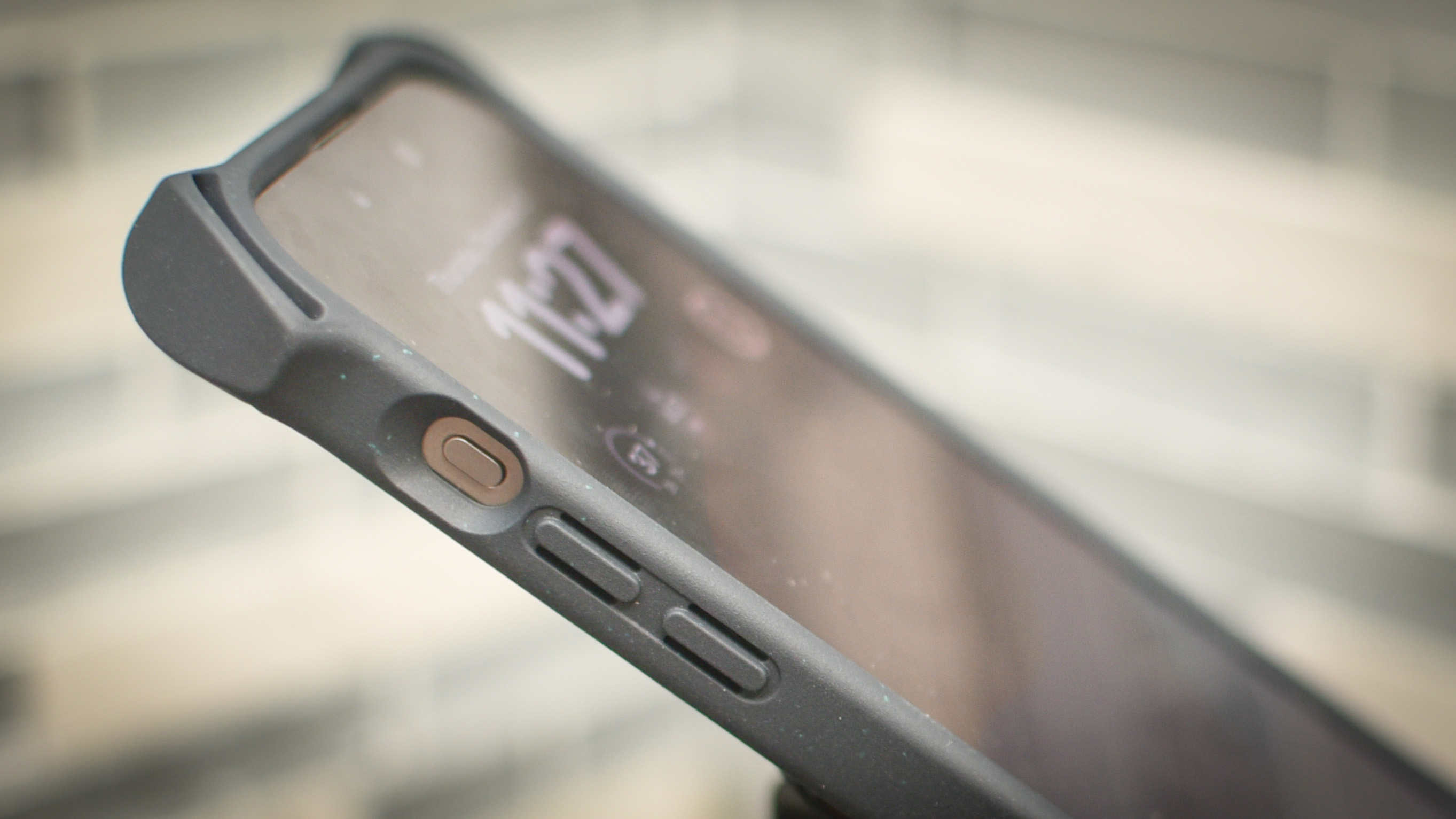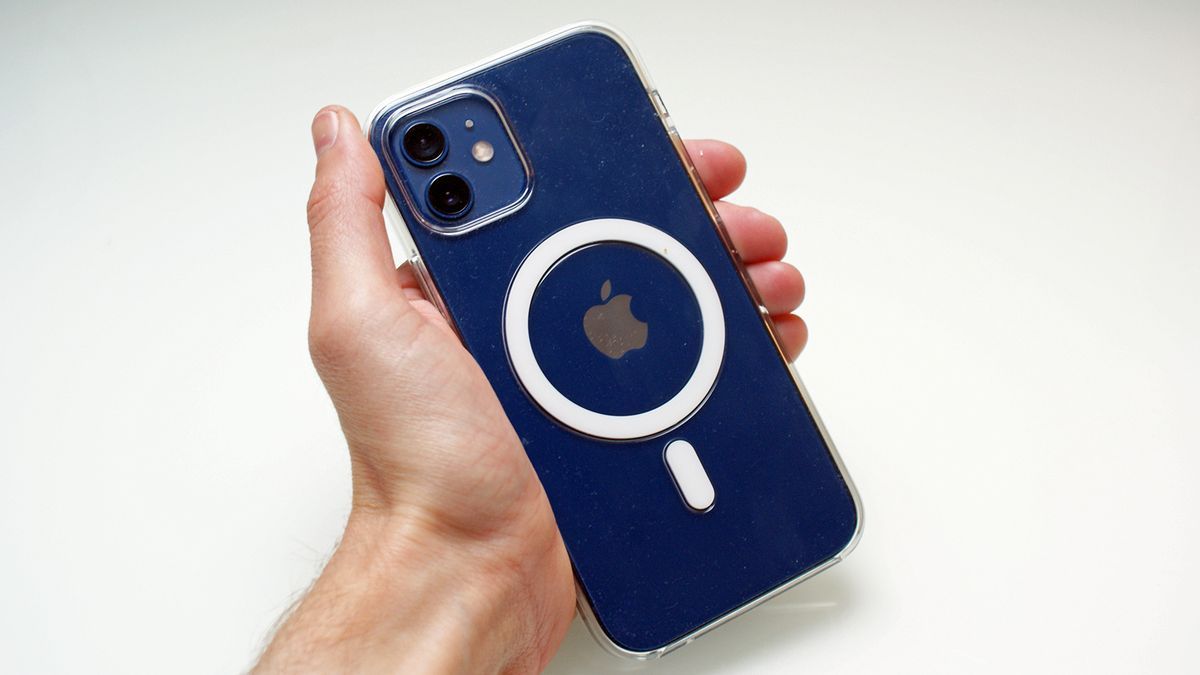For many iPhone users (myself included), a protective case is an absolute necessity. We're too clumsy to subject our phones to the whims of nature, and without a case, our devices would have been smashed and shattered long ago. However, having a case wrapped around your iPhone can sometimes be a pain, with ill-fitting button cutouts and limited functionality compared to a “naked” phone.
Well, it looks like Apple is working on fixing that problem, at least if a new patent application is to be believed. The newly published patent describes a special iPhone case that could enable a number of additional features, such as Touch ID and a swipe gesture with a mysterious and as-yet-unknown use.
These days, iPhone cases are mostly pretty simple, but Apple says they can have their own issues. If a case doesn't fit very well, for example, there can be a small air gap between the side buttons on the case and the corresponding buttons on the phone, reducing the tactile feel you get when you press those buttons.
Apple's patent suggests that a phone or case could take steps to reduce the air gap, but that brings its own problems: Particularly sensitive buttons could be accidentally activated if there's no space between the case and the phone, which could have all sorts of annoying consequences.
How is this problem solved? The patent contains some interesting details on this topic. One possible solution is to incorporate capacitive buttons into the casing itself. This would allow for new interactions: for example, a soft capacitive panel would allow you to slide your finger up and down on it, and possibly use it to adjust the phone's volume or the screen brightness.
Getting ready for iPhone 16?

This could also affect the iPhone 16, which is set to launch at Apple's iPhone event on September 9. The iPhone 16 range is rumoured to launch with capacitive buttons that don't actually move when you press them.
Basically, they work by detecting the presence of your finger and then gently touching it with a haptic motor. The problem? The iPhone might not be able to detect your finger if the device is hidden by a case. However, if Apple can make a case with built-in capacitive sensors, you wouldn't have to sacrifice protection in order to use your iPhone's buttons.
Elsewhere, the patent suggests that the case’s capacitive buttons could contain fingerprint readers, making them compatible with Apple’s Touch ID technology for logging in and verifying purchases. While Apple is phasing out Touch ID in favor of Face ID on its phones, some iPads still use Touch ID, which is where this case technology could end up being implemented.
That said, we don't know if these ideas will ever come to fruition. After all, they are just patents, and Apple often explores ideas that never come to fruition. Still, the patent shows that Apple is at least considering this concept, so stay tuned to see if it becomes a reality in the near future.








